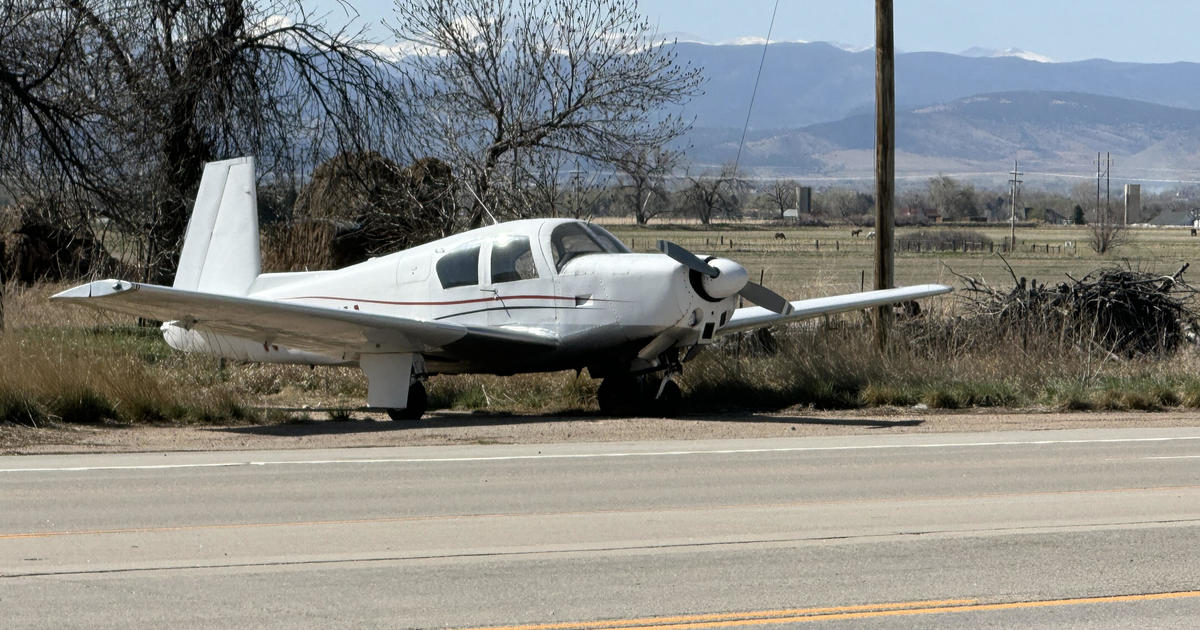Amy's Injury
It's a long road ahead for six-time Olympic gold medalist Amy Van Dyken Rouen, but she's already made it through some critical times.
Amy, who attended Colorado State University and lives part-time in Colorado, broke her back in an ATV accident on Friday, and the fracture severed her spinal cord.
RELATED: Colorado's Van Dyken, Olympic Star, Severs Spine In Accident | Van Dyken Rouen's Childhood Neighborhood Rooting For Her
The level of injury is at T-11. That means the "11th thoracic vertebrae", which is around where the middle back vertebrae meet the low back, or lumbar, vertebrae. Its right about where the rib cage ends in the back. In the front, it corresponds roughly to the area around the belly button.
The T-11 spinal cord level controls feeling, movement, and function of the structures below that area—especially movement and feeling in the legs. But you still have use of your arms and can breathe without the need of a respirator.
It's hard to fracture the T11 vertebrae -- it takes a lot of force, and usually because it takes a lot of force, there are other injuries that happen, such as internal injuries to the abdomen or chest injuries to the lungs. Fortunately reports indicate those injuries didn't happen to any major degree.
Here's how thing usually go with an injury like this when they are brought to the hospital:
You make sure there are no immediate life threatening injuries, and take care of them first --all while protecting the spine, and preventing any movement that would worsen the injury.
Sometimes, medications are given within the first hour(s) of injury to lessen any swelling that would press against the spinal cord and make the injury worse.
Surgery is often done to stabilize the spine. You remove any loose fragments of bone that might further injure the cord or major blood vessels nearby.
A spine fusion can be done with "hardware" such as screws, plates, or bone grafts to keep the injured bones from shifting.
Then comes the wait.
You make sure the patient has no complications such as pneumonia or blood clots. You constantly check and recheck the patient's nerve function--- their movement and ability to feel.
There are several critical times. Immediately at the time of injury. The first six hours afterwards. The first 24 hours. The first 72 hours. These are general milestones which we closely monitor but yet you are still watching the patient every minute of every hour.
Sometimes it's hard to fully assess the injury because of swelling pinching the cord. The swelling tends to be the worst about days 3, 4, and 5 after the cord is injured—and then begins to subside by days 9-10 after the injury. That's why it's hard to say what function is lost, and what function might return—and these are general timeframes that vary from patient to patient.
So where you go from here? You watch, monitor, hope… and then start aggressive rehab. The majority of recovery takes place within the first 6 months of the injury—then whatever function is going to come back generally comes back by the one year mark—but once again that's a generalization. A lot of hard work is yet to come.
Even with all of these stats, dates, and timeframes, the number one factor spinal cord experts often say is a key to recovery… is attitude. And if anyone has the positive attitude and aggressive drive to rehab, it's Amy. I'm lucky enough to know her, and she is the one person who will cope, adapt, and make this situation better than any of us would believe possible.
Our thoughts are with her and her family as she works against the toughest challenge she has ever had to face.



